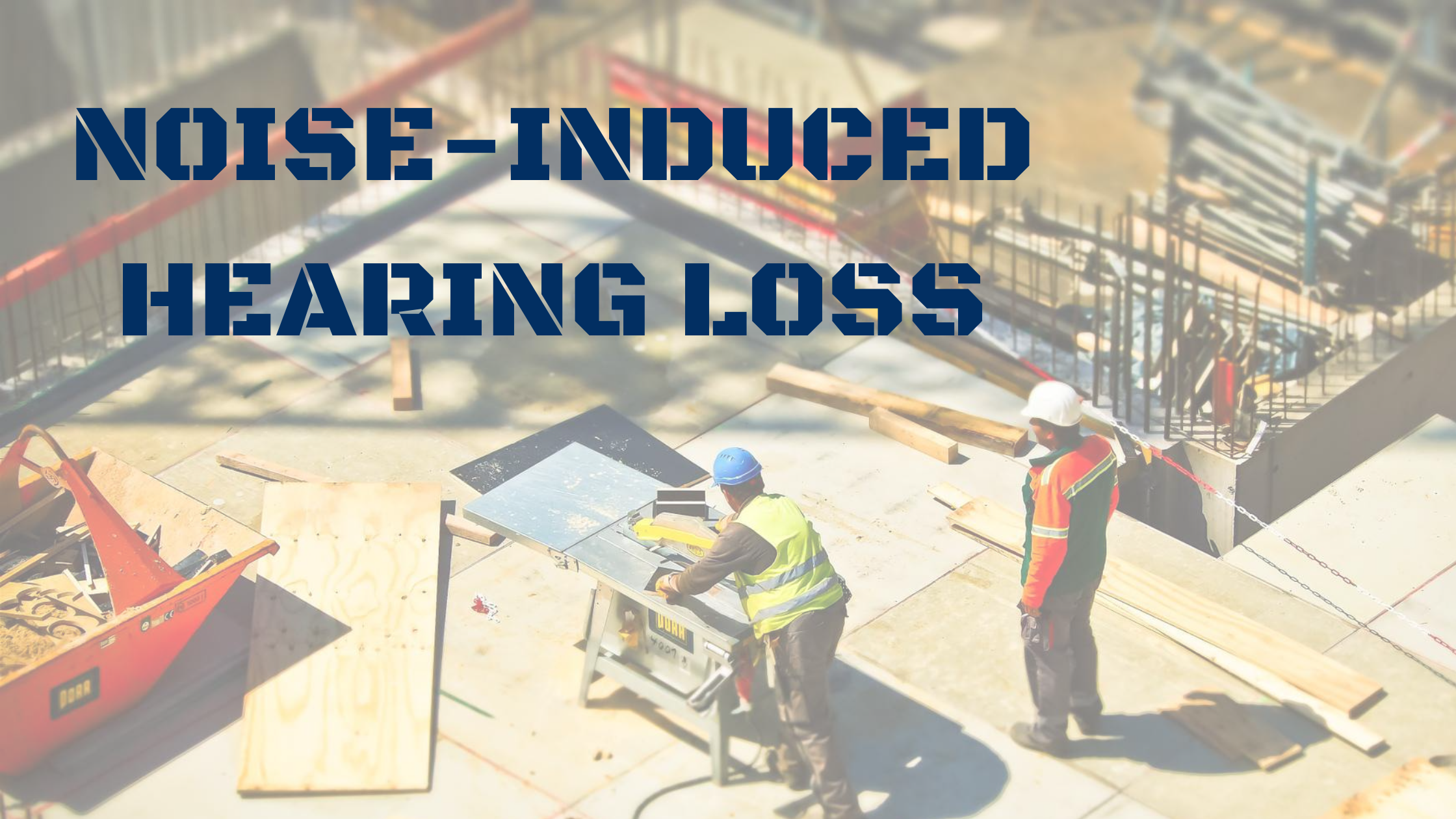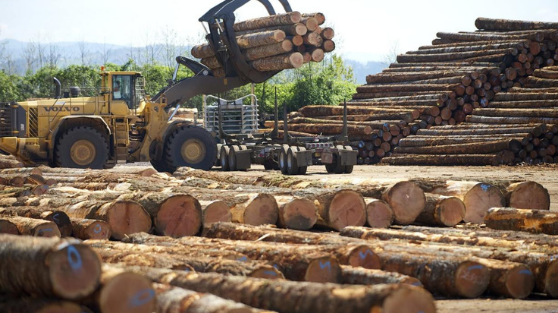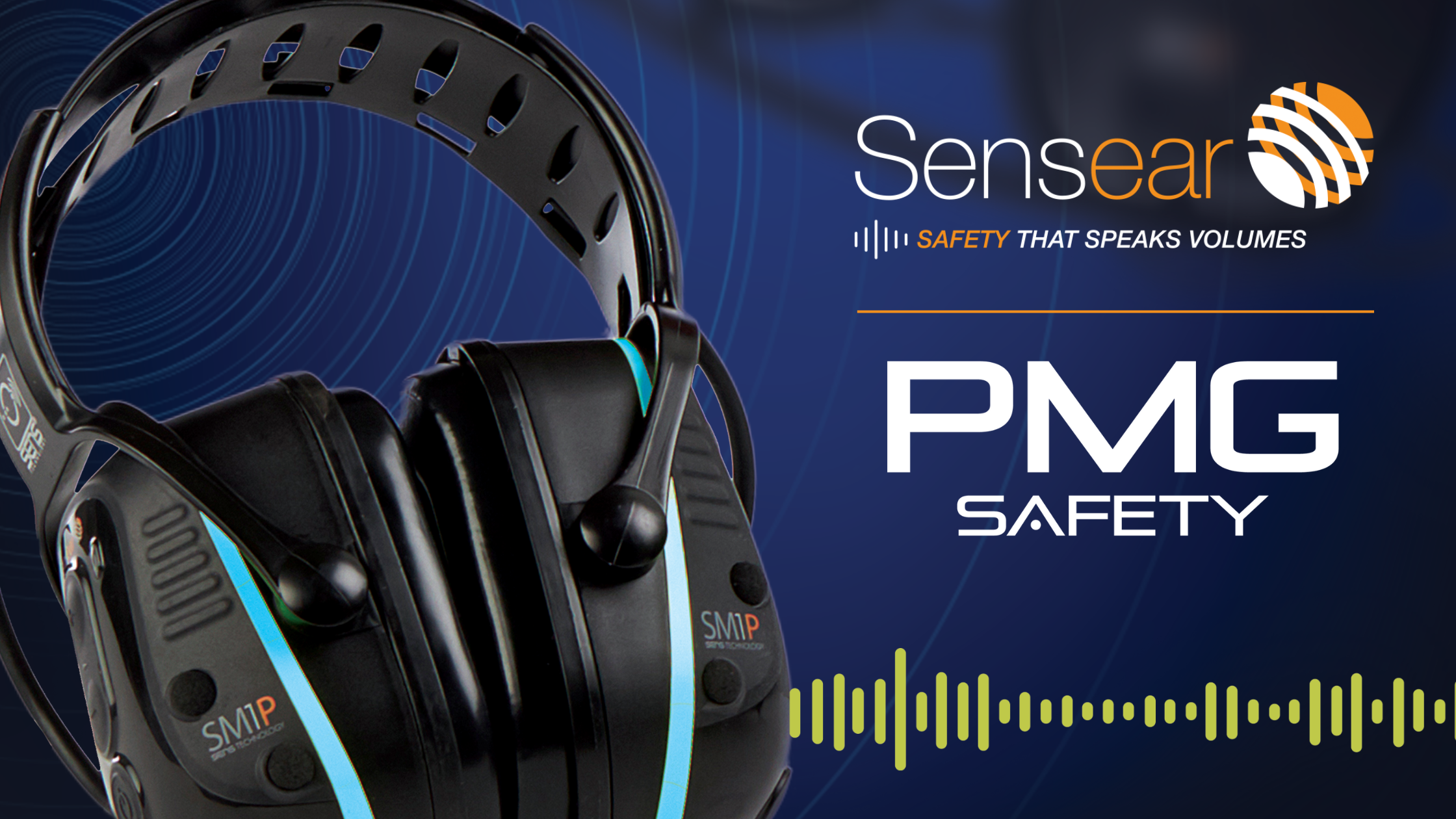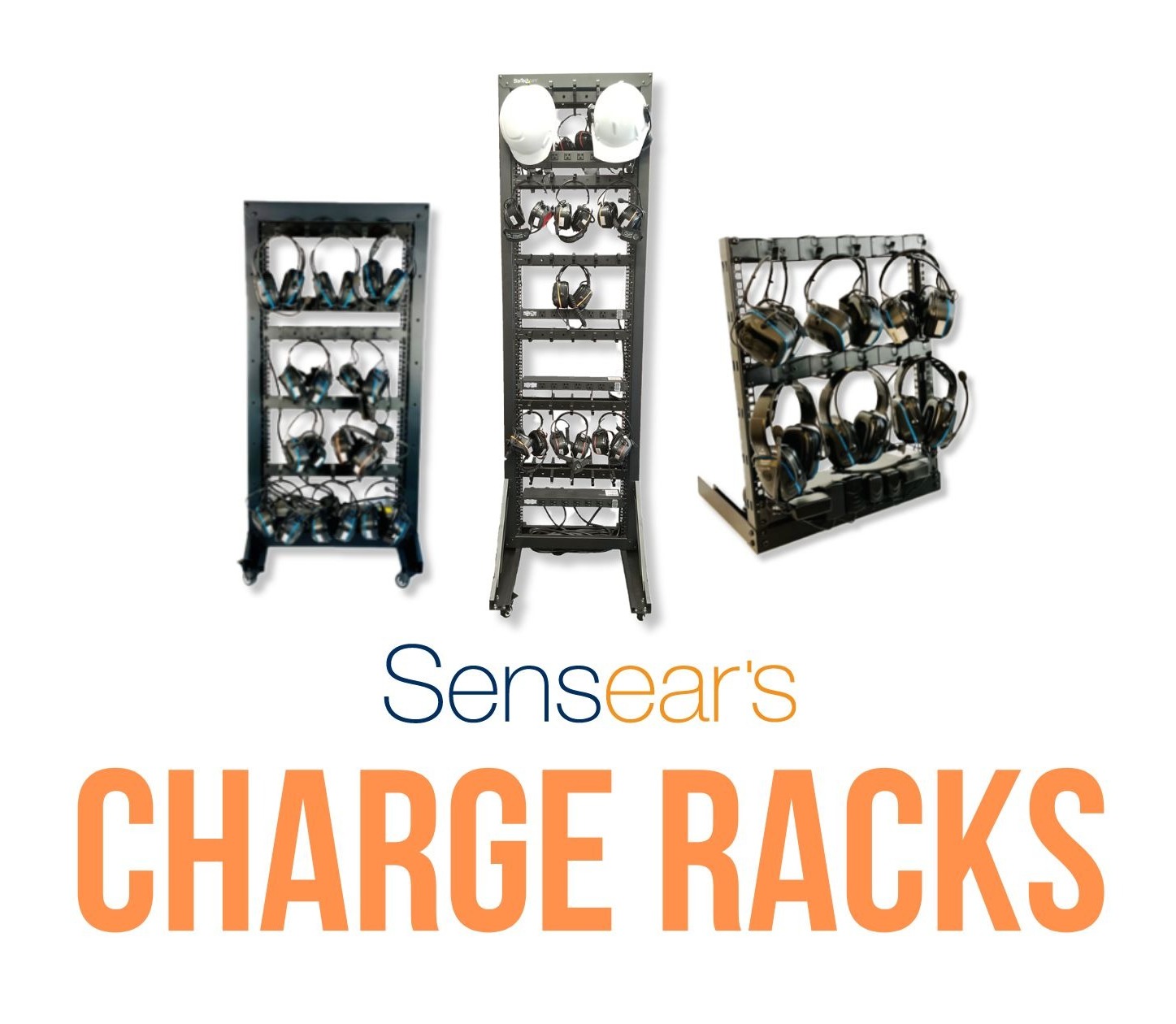
Oil and gas companies are always under scrutiny for causing environmental concerns such as oil spills or fires. The reality is that these companies take employee safety very seriously, as it is a very dangerous profession and can be perilous. Although oil and gas companies do not want oil spills and other disasters to occur, the safety of their employees is an equal priority for them. This requires a need for certain resources to assure safety and efficiency.













